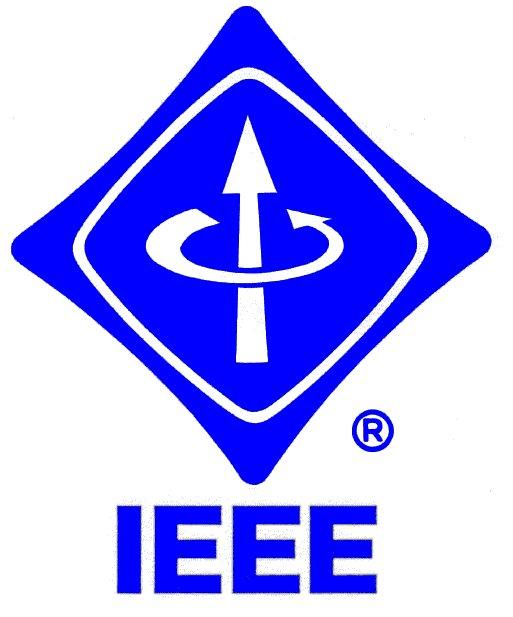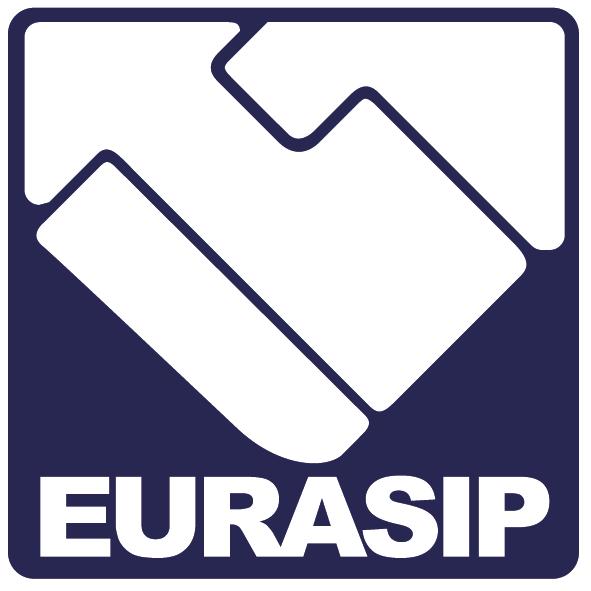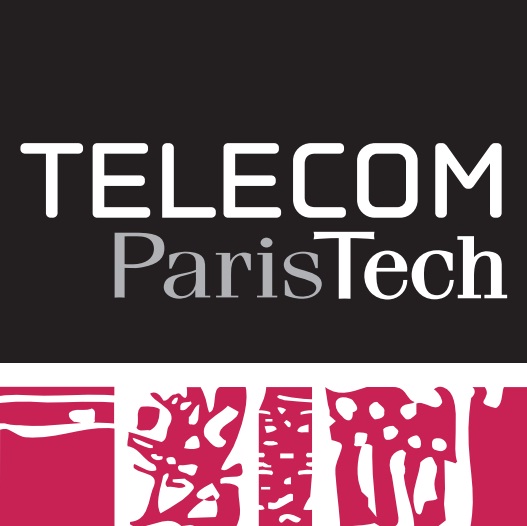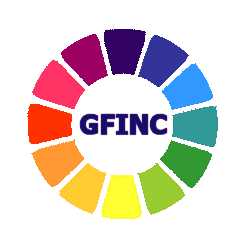|
Paper Submission
To submit your document and author information, go to the paper submission page.
Copyright Form Authors of accepted papers must submit a signed copyright form assigned the rights to the submitted work to EUVIP 2010. Should the authors fail to submit the copyright form, the paper wil be retracted and not printed in the proceedings or be presented at the conference. Please click here to download the Copyright Form The IEEE copyright form for your paper MUST be printed, signed, and faxed to us at the fax number : +331 4940 4061 You may also email a scanned version of the printed and signed form in PDF or JPEG format to the workshop e-mail address : This e-mail address is being protected from spambots. You need JavaScript enabled to view it
Electronic Paper Submission When you have your document file ready, gather the following information before entering the submission system:
Document FormattingUse the following guidelines when preparing your document: LENGTH: You are allowed a total of 6 pages (4 miminum) for your document. This is the maximum number of pages that will be accepted, including all figures, tables, and references. Any documents that exceed the 6 pages limit will be rejected. LANGUAGE: All proposals must be in English. MARGINS: Documents should be formatted for standard letter-size (8-1/2" by 11" or 216mm by 279mm) paper. Any text or other material outside the margins specified below will not be accepted:
TYPE: Face: To achieve the best viewing experience for the review process and conference proceedings, we strongly encourage authors to use Times-Roman or Computer Modern fonts. If a font face is used that is not recognized by the submission system, your proposal will not be reproduced correctly. Size: Use a font size that is no smaller than 9 points throughout the paper, including figure captions. In 9-point type font, capital letters are 2 mm high. For 9-point type font, there should be no more than 3.2 lines/cm (8 lines/inch) vertically. This is a minimum spacing; 2.75 lines/cm (7 lines/inch) will make the proposal much more readable. Larger type sizes require correspondingly larger vertical spacing. TITLE: The paper title must appear in boldface letters and should be in ALL CAPITALS. Do not use LaTeX math notation ($x_y$) in the title; the title must be representable in the Unicode character set. Also try to avoid uncommon acronyms in the title. AUTHOR LIST: The authors' name(s) and affiliation(s) appear below the title in capital and lower case letters. Proposals with multiple authors and affiliations may require two or more lines for this information. The order of the authors on the document should exactly match in number and order the authors typed into the online submission form. ABSTRACT: Each paper should contain an abstract of 100 to 150 words that appears at the beginning of the document. Use the same text that is submitted electronically along with the author contact information. INDEX TERMS (KEYWORDS) NEW: Enter up to 5 keywords separated by commas. Keywords may be selected from the IEEE keyword list found at: http://www.ieee.org/organizations/pubs/ani_prod/keywrd98.txt. BODY: Major headings appear in boldface CAPITAL letters, centered in the column. Subheadings appear in capital and lower case, either underlined or in boldface. They start at the left margin of the column on a separate line. Sub-subheadings are discouraged, but if they must be used, they should appear in capital and lower case, and start at the left margin on a separate line. They may be underlined or in italics. REFERENCES: List and number all references at the end of the document. The references can be numbered in alphabetical order or in order of appearance in the paper. When referring to them in the text, type the corresponding reference number in square brackets as shown at the end of this sentence [1]. The end of the document should include a list of references containing information similar to the following example: [1] D. E. Ingalls, "Image Processing for Experts," IEEE Trans. ASSP, vol. ASSP-36, pp. 1932-1948, 1988. ILLUSTRATIONS & COLOR: Illustrations must appear within the designated margins. They may span the two columns. If possible, position illustrations at the top of columns, rather than in the middle or at the bottom. Caption and number every illustration. All halftone illustrations must be clear in black and white. Since the printed proceedings will be produced in black and white, be sure that your images are acceptable when printed in black and white (the CD-ROM and IEEE Xplore proceedings will retain the colors in your document). PAGE NUMBERS: Do not put page numbers on your document. Appropriate page numbers will be added to accepted papers when the conference proceedings are assembled. TemplatesThe following style files and templates are available for users of LaTeX and Microsoft Word:
We recommend that you use the Word file or LaTeX files to produce your document, since they have been set up to meet the formatting guidelines listed above. When using these files, double-check the paper size in your page setup to make sure you are using the letter-size paper layout (8.5" X 11"). The LaTeX environment files specify suitable margins, page layout, text, and a bibliography style. In particular, with LaTeX, there are cases where the top-margin of the resulting Postscript or PDF file does not meet the specified parameters. In this case, you may need to add a \topmargin=0mm command just after the \begin{document} command in your .tex file. The spacing of the top margin is not critical, as the page contents will be adjusted on the proceedings. The critical dimensions are the actual width and height of the page content. |
 |
 |
 |
Institutions & Sponsorship


![]()
![]()





![]()